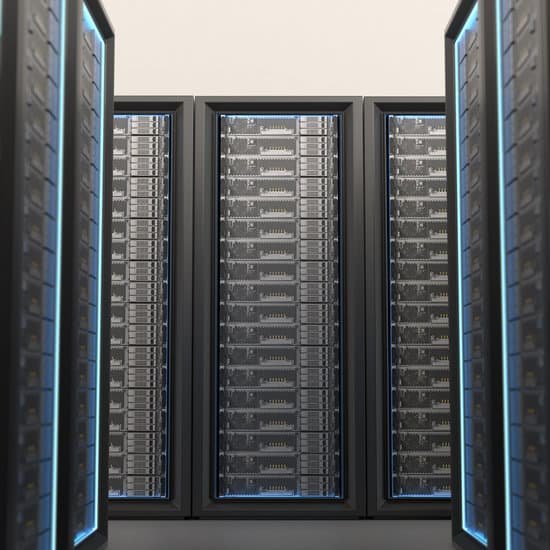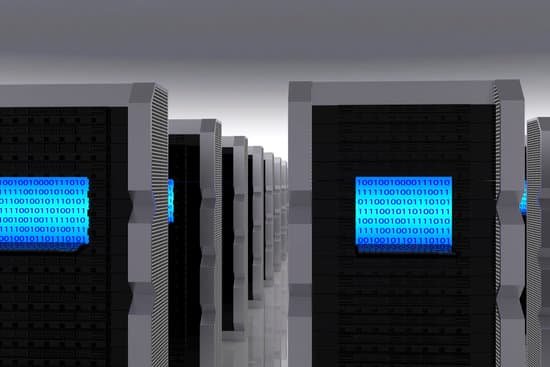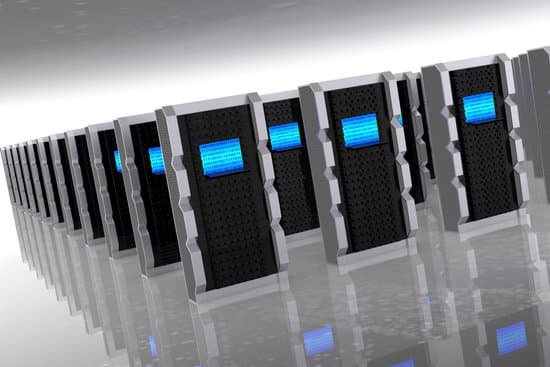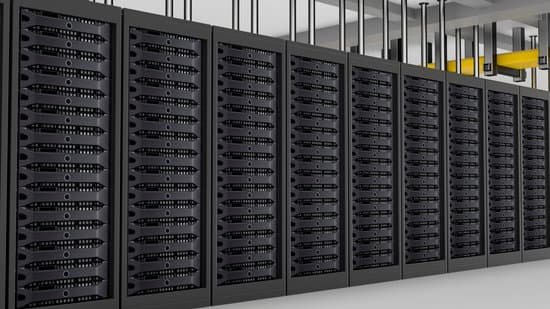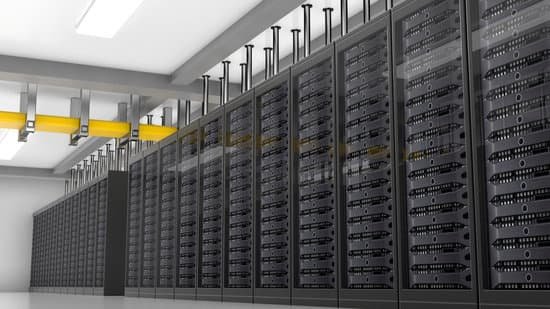What is difference between colocation and data center?
What is difference between colocation and data center? A data centre is a purpose-built facility designed to efficiently store, power, cool and connect your IT infrastructure. Colocation is one of many services data centres provide, and is the act of hosting your IT hardware (like servers) outside of your premises and in a data centre.
